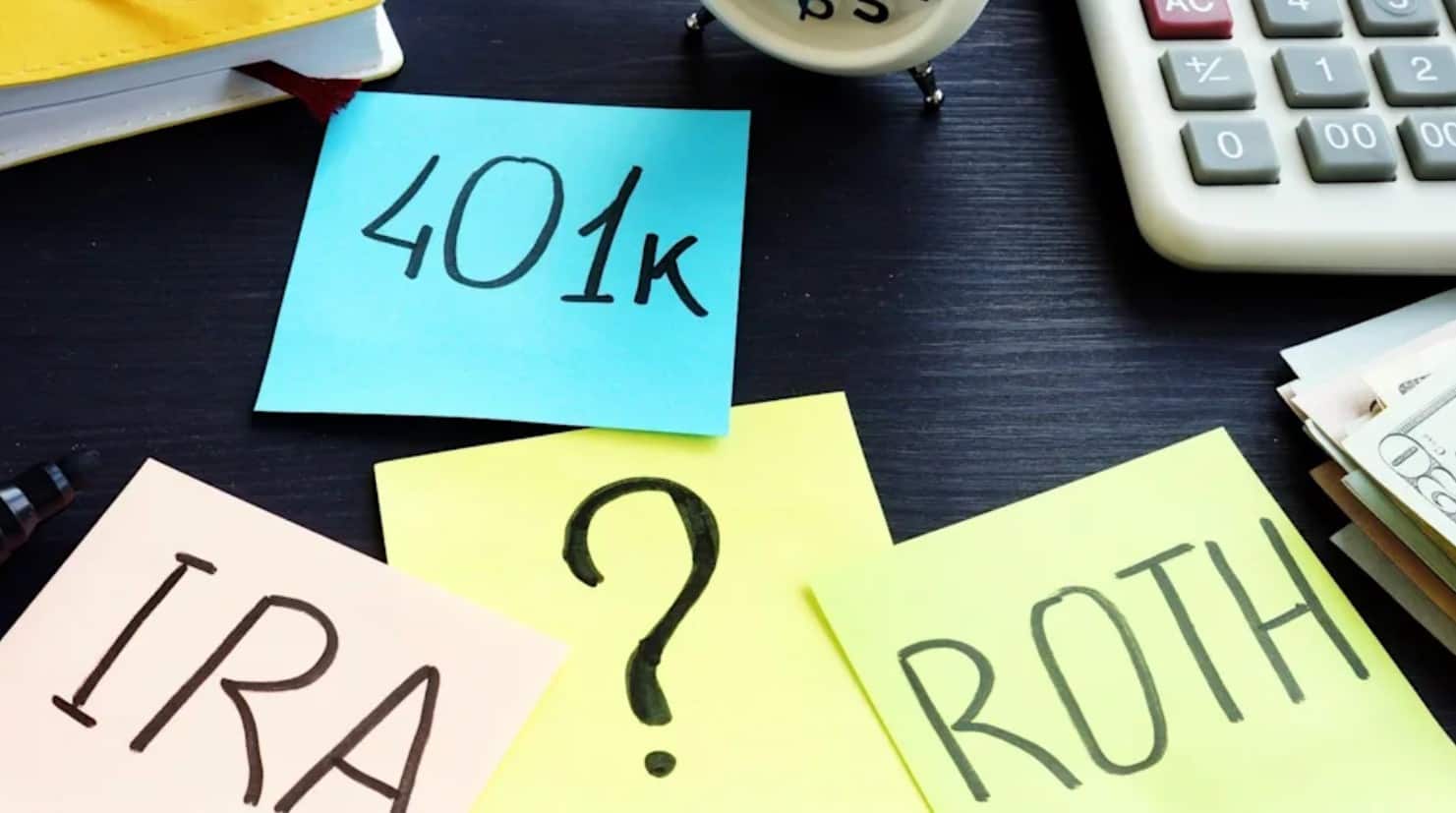News recently broke of how the super wealthy are avoiding taxes on hundreds of millions of dollars — and they’re doing it using the same retirement vehicle we all are.
Senate Finance Committee chairman Ron Wyden, D-Oregon, and House Ways and Means Committee chairman Richard Neal, D-Massachusetts, released data from the Joint Congressional Committee on Taxation on the use of mega-IRA accounts. The report shows that almost 8,000 taxpayers had IRA balances of $5 million or more, according to 2011 tax data. The latest numbers, however, show a significant increase in the use of these mega-IRA accounts, with 2019 showing 25,000 taxpayers having an IRA balance of at least $5 million — that’s over three times more than 2011.
So what is the cause for this increase and how are people doing it?
A mega-IRA, also commonly referred to as a “Mega Backdoor Roth IRA,” is simply a Roth IRA that allows you to contribute up to $38,500 by taking advantage of the fact that some employers allow 401(k) plans with after-tax contributions up to the current limit of $58,000.
A regular Roth IRA has contribution income limits of $125,000 filing single and $198,000 filing jointly. The trick is that if you surpass these income limits, you can still contribute to a non-deductible traditional IRA and then convert that non-deductible traditional IRA into a Roth account (non-deductible meaning that you cannot deduct your IRA contributions from your taxes — in other words, it cannot be claimed against your income).
This is the strategy the uber-wealthy use, and you can do it, too. There are some simple rules you must follow, however:
- You can only roll over pre-tax money. The money is coming from a traditional IRA, meaning that these are pre-tax contributions. To avoid any potential problems, roll over all of your pre-tax retirement accounts into one. The best bet is to roll all of your IRAs or retirement accounts into a 401(k) employer sponsored plan. This will then be the vehicle to transfer funds into the Backdoor Roth.
- Open both a traditional and Roth IRA at the same brokerage firm.
- Make a deposit into the traditional IRA. This means a non-deductible contribution. You have the option of making a deductible or non-deductible contribution, but for this it will need to be non-deductible. This is because you do not want to owe any income tax on the non-deductible contributions you made. The limit here is $6,000.
- Convert the traditional IRA into a Roth.
The major caveat is that your 401(k) employer plan must allow you to contribute more to your 401(k) in order to then roll the larger amounts of money over into a Roth. For example, the 2021 IRS limit on total 401(k) contributions is $58,000. This means you can contribute $19,500 pre-tax and include your employer matching contributions (if they offer them). The real trick is that some employers then allow employees to contribute the remaining amount in after-tax contributions.
Further, if you are a business owner, you can set up your own account to allow this. Now imagine super wealthy, business-owning millionaires doing this and it’s not difficult to see why some of these balances have ballooned.
It’s important to remember that in order to do this, your 401(k) plan must allow in service distributions or non-hardship withdrawals, as well as after-tax contributions above and beyond the $19,500 pre-tax contribution limits.
These backdoor accounts have ruffled feathers in Washington for obvious reasons. Rep. Wyden said in a statement:
“It is shocking, but not surprising, to see how the use of mega-IRA accounts by mega-millionaires and billionaires has exploded […] IRAs were designed to provide retirement security to middle-class families, not allow the super wealthy to avoid paying taxes […] on one hand, there are 100 million Americans with no benefits in retirement plans or savings in retirement accounts like IRAs. On the other hand, the top 497 IRA owners have an average aggregate account balance of more than $150 million each,” Accounting Today reports.
While the super wealthy might make use of this to transfer millions tax-free, the average investor can still take advantage of this tricky strategy for their own accounts. By following the guidelines above, you can create a tax-free retirement vehicle worth more than the average contribution limit.

